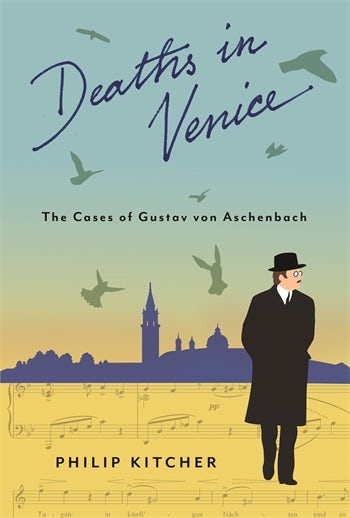

Initially, the aging writer convinces himself that his interest in the 14-year-old boy is only aesthetic, but as the novel progresses, Aschenbach falls deeply and obsessively in love with the boy, even though the two never have direct contact. He later notices an extremely beautiful Polish boy named Tadzio. Through the languid Venetian atmosphere and the peacefully rocking gondolas, Aschenbach is lured away from his rigid self-discipline. The trip, however, serves as the first indulgence the restrained author has allowed himself and marks the beginning of his decline. This defiance begins to weaken during a trip to Venice, a trip Aschenbach takes for the purpose of securing artistic inspiration from a change in scenery. An aging German writer who serves as the paragon of solemn dignity and self-discipline, Aschenbach at first maintains his cerebral and duty-bound role, believing that true art emerges only through defiance of corrupting passions and physical weaknesses. Aschenbach is a classic example of a Freudian “repressed” soul-a man existing in a state of imbalance that, it was believed, hindered and even extinguished the possibility of producing a work of truly inspired art. The focal character, Aschenbach, is a man who possesses a latent sensuality but is able to keep his passions contained, refusing to grant them expression in either his life or his art. Then, during a trip to Venice in 1911, he read an obituary for composer Gustav Mahler, leading to the creation of his fictional writer, Gustav von Aschenbach.ĭeath in Venice tells the story of an artist and the nature of art. He had lived on an island near Venice during a cholera outbreak in 1905, which initiated the setting for the story. Death in Venice, like his first major novel Buddenbrooks, was inspired for the most part by actual events in Mann’s life. Influenced by German philosophers Arthur Schopenhauer and Friedrich Nietzsche, Mann’s fiction serves as a model of subtle philosophical examination of the ideas and characters in his stories. The Nobel Prize–winning author Thomas Mann (1875–1955) stands out as one of the most important figures of early 20th-century literature.

Analysis of Thomas Mann’s Death in Venice


 0 kommentar(er)
0 kommentar(er)
